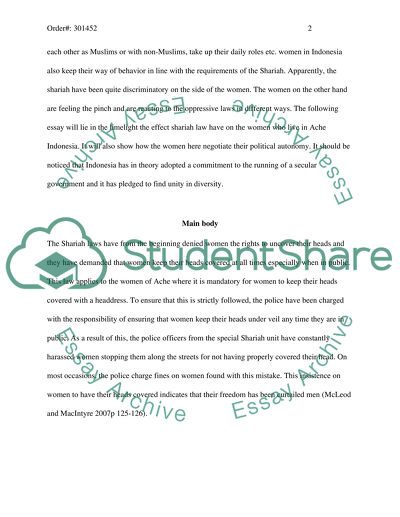Cite this document
(“Islam in the Malay world Essay Example | Topics and Well Written Essays - 2250 words”, n.d.)
Islam in the Malay world Essay Example | Topics and Well Written Essays - 2250 words. Retrieved from https://studentshare.org/miscellaneous/1555186-islam-in-the-malay-world
Islam in the Malay world Essay Example | Topics and Well Written Essays - 2250 words. Retrieved from https://studentshare.org/miscellaneous/1555186-islam-in-the-malay-world
(Islam in the Malay World Essay Example | Topics and Well Written Essays - 2250 Words)
Islam in the Malay World Essay Example | Topics and Well Written Essays - 2250 Words. https://studentshare.org/miscellaneous/1555186-islam-in-the-malay-world.
Islam in the Malay World Essay Example | Topics and Well Written Essays - 2250 Words. https://studentshare.org/miscellaneous/1555186-islam-in-the-malay-world.
“Islam in the Malay World Essay Example | Topics and Well Written Essays - 2250 Words”, n.d. https://studentshare.org/miscellaneous/1555186-islam-in-the-malay-world.


